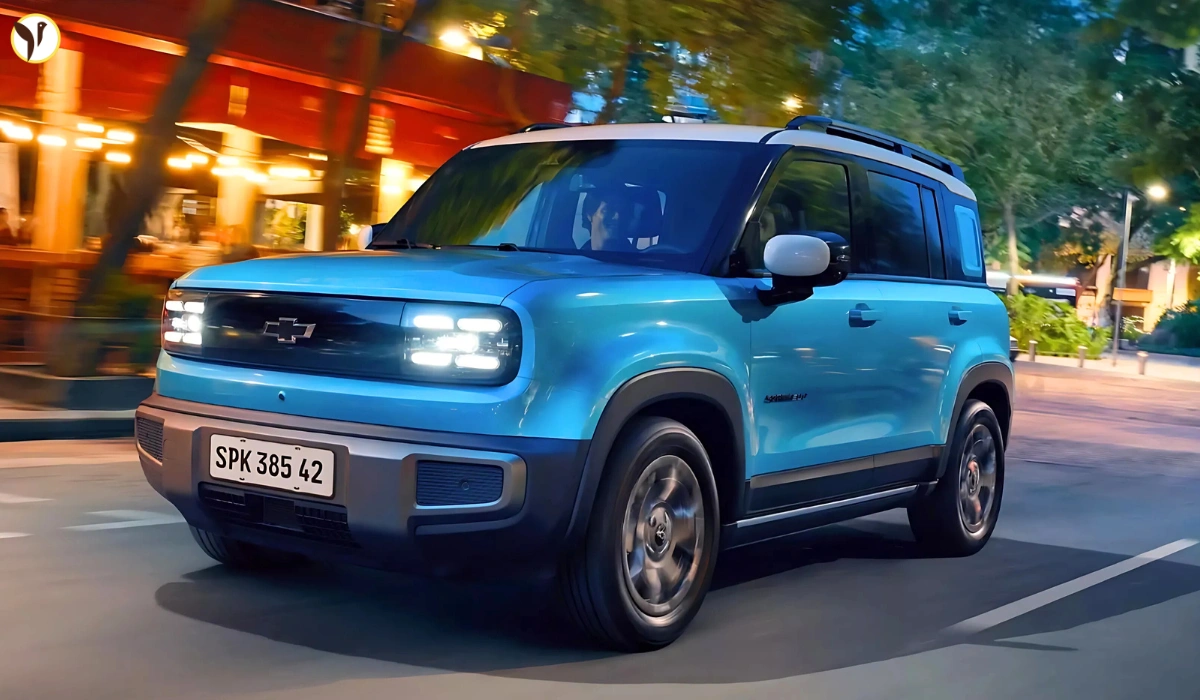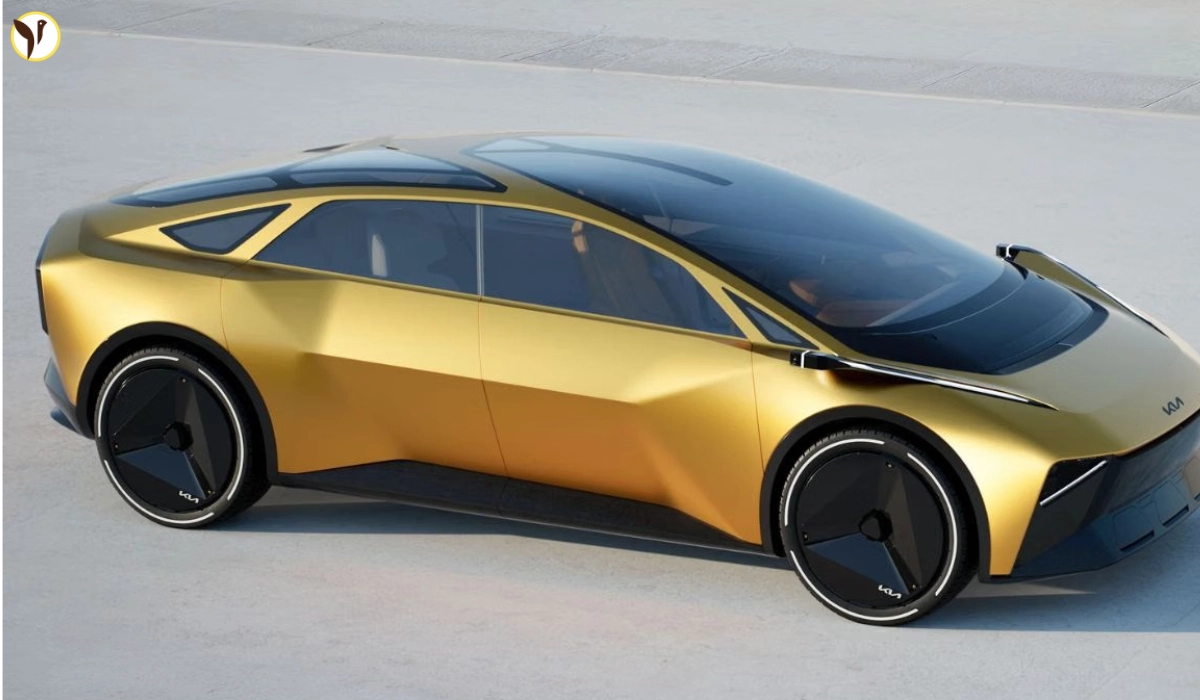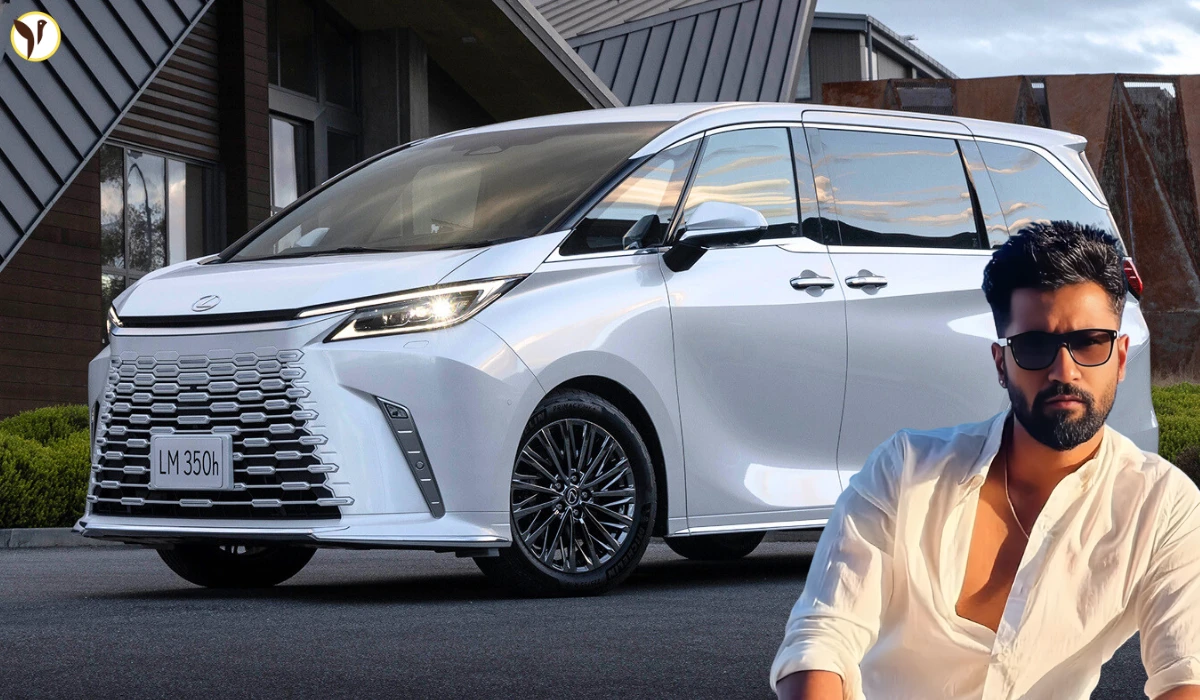You could think of the Spark EUV as a global remix of China's Baojun Yep Plus. Same body, same powertrain (EV), with just a Chevy badge affixed somewhere. The GM joint venture in China, SAIC-GM-Wuling, built the original so cost efficiently that the base model starts at around ¥94,000 (~$13,000). As for the Brazil version (Spark EUV), it starts at R$159,990 (~$28,600). This represents more than a double of the Shenzhen price, and almost feels like you’re paying for the logo, instead of any new engineering.
Under the Hood: Tech That Still Stings
Despite the cost, the Spark EUV offers familiar specs: a rear-mounted electric motor that produces around 101 hp (75 kW) and 180 Nm (133 lb-ft) of torque, fed by a 42 kWh LFP battery giving it around 249 miles of range per charge on China’s CLTC test cycle. Inside you’ll see dual screens (8.8” digital cluster + 12.8” infotainment), soft-touch materials, and ADAS set up with DJI drone-style tech. In short: modern but not advanced, and still in the price range of more expensive choices internationally.
Why the Price Gap?
Taxes, tariffs, shipping—and of course, branding. In Brazil, the government imposes import duties on anything that enters their market, often doubling the cost of a vehicle. When considering GM’s margins within Brazil, a Chevy badge suddenly becomes a luxury feature; those purchasing in China receive the same model in its raw state for a fraction of the cost. The gap between the cheapest and the most expensive model of that vehicle illustrates how much branding and regional economics can heavily impact eventual sticker prices.

Why It Matters to U.S. Readers
At the moment, GM is working in the U.S. to produce EVs such as the Equinox and Blazer EVs which are not planned to be rebranded Chinese micro-SUVs. In America, consumers prefer to trust in high safety standards, decent-range battery technology, competitive pricing and dealership relationships. A rebranded electric hatch for $28,000 simply doesn't work in the U.S. Today, the Spark EUV story is only a warning of how cheap EV platforms make sense in other countries while not being viable as U.S. offerings anytime in the near future.

Specification Table – Chevy Spark EUV
| Feature | Specs |
| Base Model | Baojun Yep Plus (China) |
| Rebadged Name | Chevrolet Spark EUV (Brazil) |
| Motor Output | ~101 hp (75 kW), 180 Nm (~133 lb-ft) |
| Battery Capacity | 42 kWh LFP |
| Range (CLTC) | ~249 miles (~401 km) |
| Length / Wheelbase | ~157″ / ~100.8″ |
| Infotainment | 8.8″ cluster + 12.8″ touchscreen |
| ADAS Suite | Developed in partnership with DJI |
| Price in Brazil | R$159,990 (~$28,600) |
| Price in China | ¥93,800 ($13,000) |
Conclusion
The Chevrolet Spark EUV is a daring rebadge of the Baojun Yep Plus—but what is truly shocking is the price. This is over double the cost of its Chinese counterpart, which shows how global branding, import taxes, and market positioning can greatly inflate the price of EVs. While the Spark EUV provides reasonable urban electric mobility with current tech, it cannot be ignored that it is, at the end of the day, a $13,000 car for just under $29,000.
Source(Image / Thumbnail): carscoops










